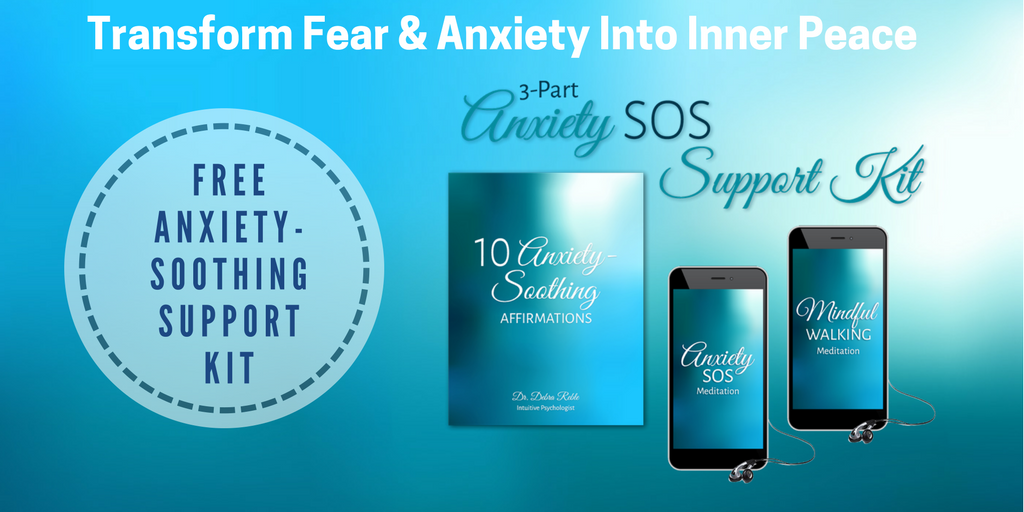
Creating and maintaining healthy energetic boundaries are key to producing a positive flow of energy in our own being as well as our relationships, especially for highly sensitive individuals. At heart, all our relationships are energetic exchanges—opportunities to become a conduit for life force energy. When energetic boundaries are in place, the resulting flow is growth promoting, first for ourselves and then for others. Without such boundaries, however, we can easily exhaust ourselves of energy or inadvertently take on the unwanted energies of others, outcomes that impede our growth and damage our relationships.
Establishing energetic boundaries with those we love is not easy, because we are especially sensitive to the “pull” they have on our hearts. Wanting their happiness perhaps more than they want it themselves, for instance, we can become so involved in trying to generate it for them that the effort takes its toll on us physically, emotionally, and even spiritually. At its best, the energetic drain makes us vulnerable to feelings of compassion fatigue. At its worst, it can stress our heart center, resulting in exhaustion, depression, or medical conditions such as increased blood pressure or cardiac disease.
Creating healthy boundaries with more casual friends, associates, coworkers, and even strangers is just as important. In relationships without such boundaries in place, it is common to feel something akin to the biological concept of osmosis, in which molecules pass in one direction or another across a permeable cell membrane. Some highly sensitive individuals who are unaware of the importance of establishing boundaries typically struggle to keep their energy from bleeding into the energy fields of people around them—or vice versa, strive to prevent other people’s energy from infiltrating their energy field. For instance, have you ever felt yourself taking on the emotions of others as if they were your own, or being sucked dry of emotion in the presence of “energy vampires”?
The long-term consequences of engaging in relationships without energetic boundaries in place can be pronounced. Many people, for example, start out in loving relationships, or professional or casual ones, as healthy caregivers. But if they are attracted to a “victim”—someone needing to be taken care of—and do not create healthy energetic boundaries, they may end up taking care of the person without receiving much in return. A caregiver who then begins taking responsibility for the victim’s life fosters the victim’s chronic dependency on them, along with other enabling behaviors. Taking responsibility for another person’s life, after all, impedes the person’s willingness to help themselves. In such circumstances, when there is no positive exchange of energy within the relationship, caregivers can become resentful and controlling caretakers.
If you are a caregiver who has slipped into the role of self-sacrificing caretaker, you may not at first be aware of the shift. You will know things have changed if you now feel a need to be needed or to fix this person or rescue them, or if you think you might be distracting yourself from your own insecurities and vulnerabilities. For a brief time as caretakers we may feel more secure, powerful, and in control of our lives, when in fact this false sense of confidence only prevents us from preciously caring for ourselves.
As a caregiver with healthy energetic boundaries in place, you will be able to open your heart compassionately in balanced detachment and maintain a positive flow of energy with others without suffering with them. To create healthy energetic boundaries, practice these 5 sacred steps:
- Recite a mantra to yourself, or say “Namaste” or “bless and release” to dissolve negative energy emanating from a situation. Not knowing what they require for their personal growth, accept that they are cocreating the life situations for this to happen.
- Exercise balanced detachment by opening your heart in loving compassion for the “being” of others while simultaneously removing yourself from their unhealthy physical and emotional processes. For example, when someone wants to vent their feelings with you, prepare to be a sounding board by listening with an open heart and refrain from taking on their negative processes, giving unsolicited advice, or trying to fix the situation.
- Recognize when you are vulnerable to absorbing negative energy. (The stronger your reaction is to a person, pattern, or situation, the more deep-seated your sensitivity to it may be.) Before engaging in a potentially vulnerable interaction, breathe deeply, open your heart, and release all reactivity, thereby establishing a healthy physical, emotional, and spiritual separation.
- Focus on directing positive energy into your encounters with others. Bless someone who cuts in front of you while driving or in line at the grocery store. Recite a mantra to yourself, or say “Namaste” or “bless and release” to dissolve negative energy emanating from a situation.
- Surround yourself with positive people who listen well, respond meaningfully, and support you unconditionally. Move beyond dualistic patterns of light/wrong, good/bad, and win/lose; acknowledge others’ points of view; love them even when you disagree with them or hold a different perspective.
Just realizing that our energies are as important as those of our loved ones, family, friends, and coworkers can encourage us to develop a loving, caring relationship with ourselves and protect it through the creation of energetic boundaries. In honoring our needs for personal time and engaging in activities that restore and inspire us, we acquire more vitality and stamina to energetically serve others.
Making this commitment to yourself benefits everyone in your world. So, breathe, let go, and let it all be.

